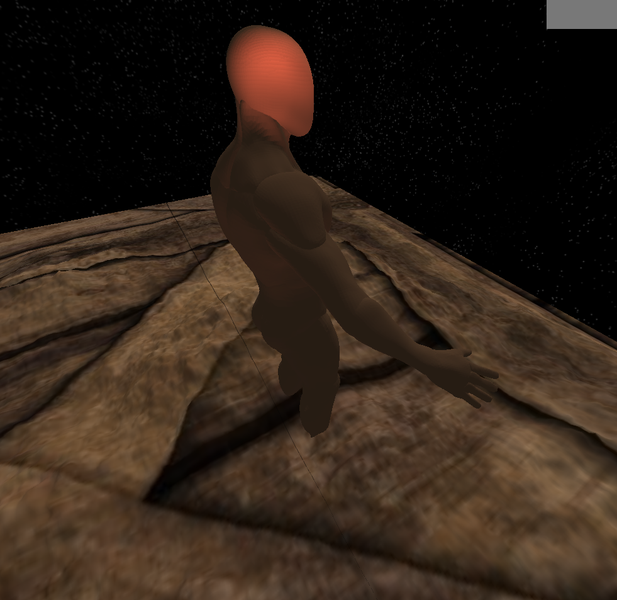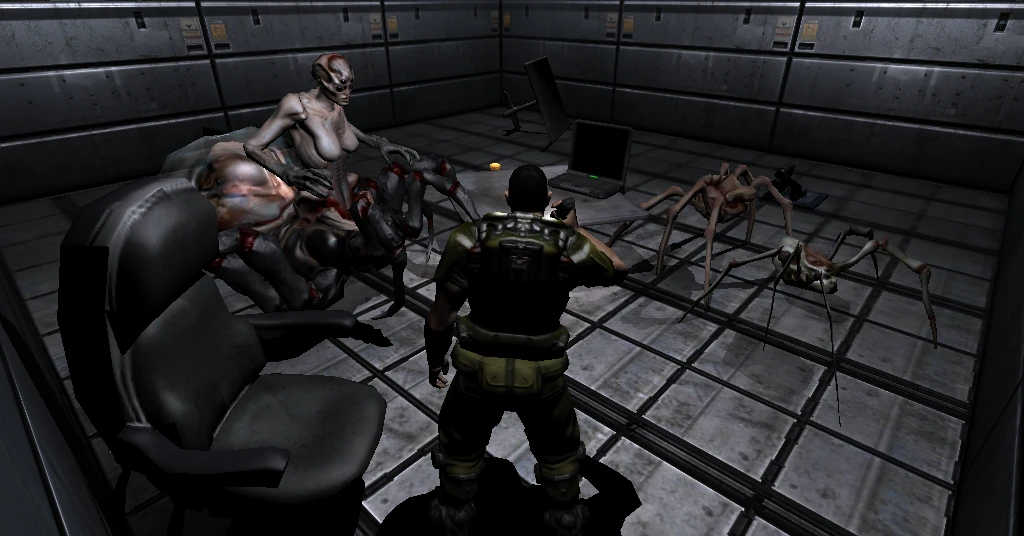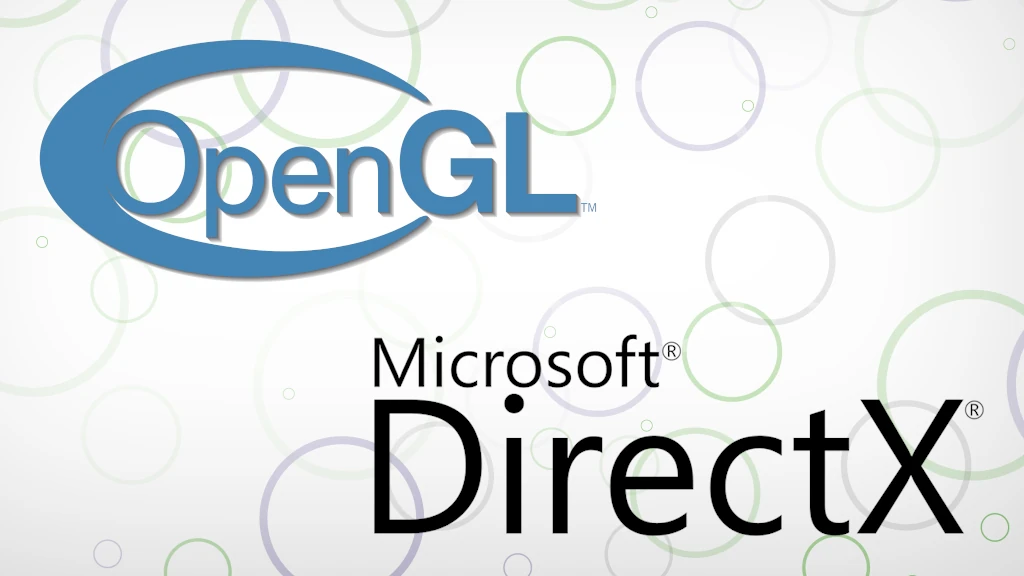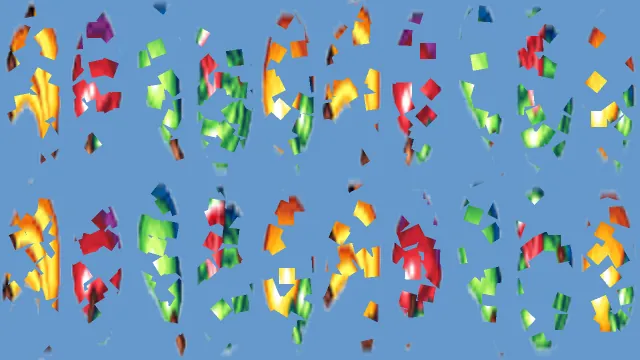Latest directx Activity
Hello 🙂
Wanted to share my C++ Restir implementation. Source code: https://github.com/Trylz/RestirFalcor
Feel free to reach out if you have ideas or see potential improvements :)

@MitsubishiMagna Forget, I solved the problem
After this line → float2 shadowUV = lightPos.xy * 0.5f + 0.5f;
I should been write this → shadowUV.y = 1 - shadowUV.y;
@undefined thanks
Thread locked at OP's request: job is no longer open.

Room 8 Group’s Game Development team for PC & Console (Dragons Lake), has made its innovative Render Engine Infrastructure (REI) tool available as an open-source solution. Initially developed to transform game porting, development, and preservation, REI is the result of tireless work carried ou…

Earlier this year, Collabora announced a new project with Microsoft: the implementation of OpenCL & OpenGL to DirectX translation layers. Here's the latest on this work, including the steps taken to improve the performance of the OpenGL-On-D3D12 driver.

Today, Collabora is excited to announce a partnership with Microsoft to build OpenCL and OpenGL mapping layers on DirectX, in order to bring OpenCL 1.2 and OpenGL 3.3 support to all Windows and DirectX 12 enabled devices. Support for OpenGL is realised through the Mesa3D project's Gallium layer.






